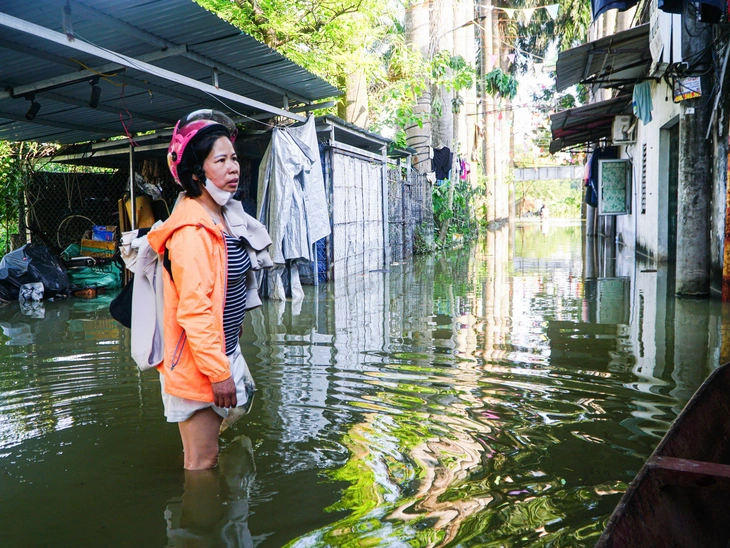
Floods in Hanoi disrupt people's lives - Photo: PHAM TUAN
Dr. Truong Anh Thu - Head of the Infection Control Department, Bach Mai Hospital - shared some knowledge and recommendations to help people as well as medical facilities proactively prevent epidemics during and after storms and floods.
Risk of infection after storm, don't be subjective
After storms and floods, the living environment is often heavily polluted. Flooded water, garbage, animal carcasses, clogged drainage systems… These are “fertile grounds” for bacteria and viruses to grow. Accordingly, common diseases after storms include:
Respiratory diseases (pneumonia, flu, COVID-19) account for the highest rate after natural disasters due to crowded areas in evacuation areas, insufficient ventilation, and droplet transmission.
Diarrhea, hepatitis A/E, cholera, typhoid caused by using contaminated water or food.
Skin infection, tetanus: Due to wound contact with dirty water or mud.
Mosquito and rodent-borne diseases such as dengue fever, malaria, and leptospirosis. After natural disasters, stagnant water and garbage create favorable conditions for mosquitoes and rats to breed.
Mold and food contamination: Often occurs within 48 hours of flooding due to compromised food storage, disrupting the supply chain of infection control supplies.
"Proactively controlling infections in natural disasters from the beginning can prevent epidemics and protect health," Dr. Thu emphasized.
Measures to prevent infection during storm and flood season
Hand hygiene : Small actions but great effects. If there is clean water - wash your hands with soap. If not, use alcohol-based hand sanitizer. The time to clean your hands is before eating and after using the toilet, after handling garbage, cleaning water.
Water Purification : Bacterial contamination of water poses a significant health risk. Boil water for at least 1 minute before drinking. If clean water is not available, add 1/8 teaspoon of chlorine bleach (odorless, containing 5.25% sodium hypochlorite) per 1 gallon of water.
Active chlorine typically inactivates more than 99.99% of enteric bacteria and viruses. Well water should be cleaned and disinfected with a chlorine solution. Wait at least 48 hours after disinfection to test the water (for coliform bacteria and E. coli) before use.
Food safety : Food should be kept dry, covered, and food that needs to be refrigerated should be discarded if left at room temperature for more than 2 hours.
People with symptoms of infectious diseases (such as cholera, dysentery, typhoid, hepatitis A/E, diarrhea) should not prepare or serve food.
Enhance surface disinfection, prioritizing flooded areas. Especially treat the environment immediately to avoid creating conditions for mold growth.
Provide adequate personal protective equipment (PPE) for anyone involved in cleanup or exposed to floodwater. Avoid touching your face or mouth with dirty hands. Anyone injured during cleanup should have their wound treated immediately and be assessed for tetanus vaccination.
Dispose of waste and corpses properly to avoid spreading pollution.
Post-storm recovery and monitoring, daily monitoring for unusual signs (fever, rash, diarrhea, skin infections...) to detect early disease risks.
"In addition, when the water recedes, general cleaning and disinfection of all living areas, hospitals, and schools is extremely necessary.
Clean floors, walls, and utensils, disinfect with diluted chlorine solution (0.1 - 0.5%). Treat mold and insects, check and clean the ventilation system to ensure natural ventilation. Check water sources, waste treatment systems, canteens, restrooms, etc.," Dr. Thu recommends.
Source: https://tuoitre.vn/bao-lu-ngap-lut-nhieu-noi-can-trong-nhiem-khuan-20251007153306489.htm





![[Photo] Prime Minister Pham Minh Chinh chairs the 16th meeting of the National Steering Committee on combating illegal fishing.](https://vphoto.vietnam.vn/thumb/1200x675/vietnam/resource/IMAGE/2025/10/07/1759848378556_dsc-9253-jpg.webp)


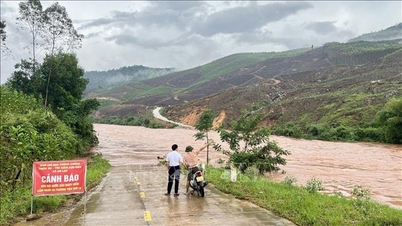






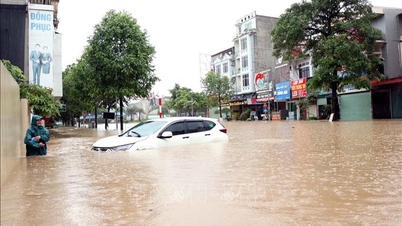
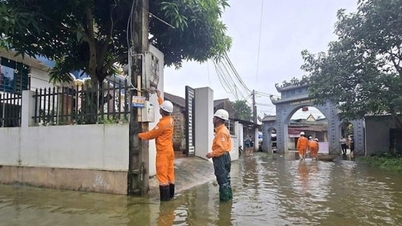






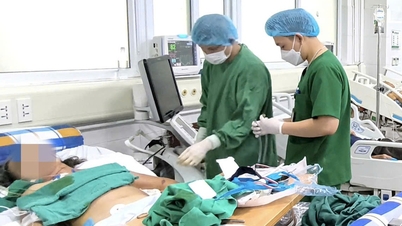












![[Photo] Super harvest moon shines brightly on Mid-Autumn Festival night around the world](https://vphoto.vietnam.vn/thumb/1200x675/vietnam/resource/IMAGE/2025/10/07/1759816565798_1759814567021-jpg.webp)













































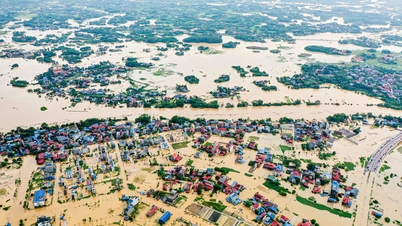




















Comment (0)